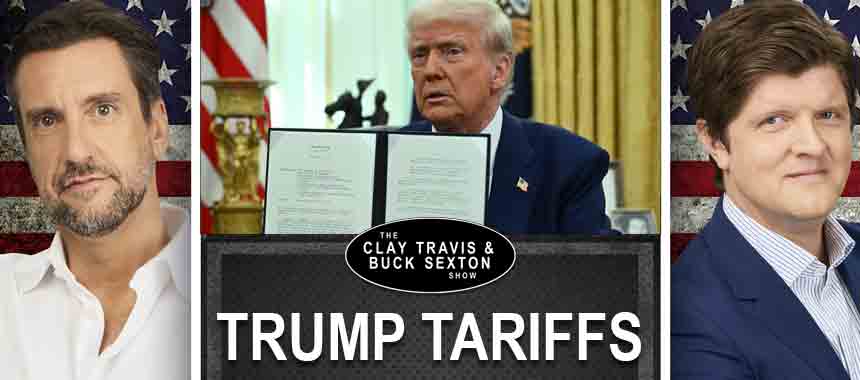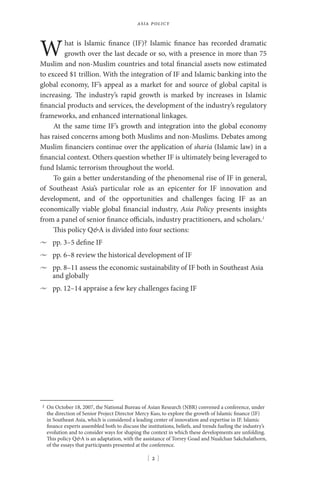The Tech Industry And Tariffs: A Deep Dive Into The Trump Administration's Trade Policies

Table of Contents
The Rationale Behind the Tariffs: A Protectionist Approach?
The Trump administration justified its tariff strategy on two primary fronts: national security concerns and the pursuit of "fair trade."
National Security Concerns and the "China Threat"
A central argument underpinning the tariffs was the protection of national security. The administration frequently cited concerns about China's technological ambitions, intellectual property theft, and the strategic importance of specific technologies.
- Specific Technologies Targeted: Semiconductors, 5G equipment, and artificial intelligence (AI) technologies were among the key targets of these tariffs. These technologies are critical for various sectors, including defense, telecommunications, and advanced manufacturing.
- Strategic Importance: The administration argued that dependence on foreign suppliers for these technologies posed a significant national security risk, particularly concerning China's potential to use its technological dominance for strategic advantage.
- Analysis of Justifications: Whether these justifications fully held water remains a subject of debate. Critics argued that the tariffs were overly broad and disproportionately impacted U.S. companies, while failing to adequately address the underlying concerns about intellectual property theft and unfair trade practices.
Reciprocity and "Fair Trade"
The administration also framed the tariffs as a necessary measure to achieve reciprocity in trade and level the playing field with China and other countries. The argument was that unfair trade practices, such as subsidies and intellectual property theft, necessitated a strong response to protect American industries.
- Trade Imbalances: The administration frequently cited significant trade imbalances with China, arguing that tariffs were necessary to reduce these imbalances and create a more equitable trading relationship.
- Effectiveness of Tariffs: The effectiveness of tariffs in achieving reciprocity is debatable. While some argue that tariffs successfully pressured other countries to negotiate better trade deals, others maintain that they led to retaliatory tariffs and further disrupted global trade.
- World Trade Organization (WTO): The WTO's role in addressing trade disputes was largely downplayed by the Trump administration, which frequently bypassed the organization's dispute resolution mechanisms.
The Impact on the Tech Industry: Winners and Losers
The tech industry experienced a mixed bag of consequences as a result of the Trump-era tariffs.
Rising Costs and Supply Chain Disruptions
Tariffs directly increased the cost of components, finished products, and impacted supply chain logistics for numerous tech companies.
- Increased Costs: Companies like Apple, reliant on components manufactured in China, saw increased costs for iPhones and other products, impacting profitability and potentially consumer prices.
- Production Shifts: Many companies attempted to mitigate tariff impacts by shifting production to other countries, leading to complex logistical challenges and added expenses.
- Consumer Prices: The increased costs were eventually passed on to consumers, leading to higher prices for many tech products.
Innovation and Technological Advancement
The impact of tariffs on innovation and technological advancement remains a complex issue.
- Slowed Innovation: Increased costs and supply chain disruptions potentially hampered innovation by reducing investment in research and development.
- Domestic Manufacturing: Some argued that the tariffs could spur domestic manufacturing and strengthen the U.S. tech sector's competitiveness. However, this potential benefit was arguably overshadowed by the negative impacts of increased costs.
- Long-Term Effects: The long-term effects on U.S. technological leadership remain uncertain, with ongoing debates about the balance between protectionism and global collaboration.
The Long-Term Consequences and Lessons Learned
The Trump administration's trade policies left a lasting mark on the tech industry, impacting global supply chains and trade relations. Retaliatory tariffs from other countries created a complex web of trade restrictions, further disrupting global commerce. The shift in global supply chains away from China, although initially driven by the tariffs, continues to evolve due to geopolitical factors and the search for more diversified supply sources. The experience provided crucial lessons about the unpredictable nature of protectionist trade policies and the delicate balance between national security and global economic interdependence.
Conclusion: Understanding the Lasting Legacy of Tech Industry Tariffs
The Trump administration's tariffs on the tech industry had a multifaceted impact, raising costs, disrupting supply chains, and fueling debate about the balance between protectionism and free trade. While the administration argued that the tariffs were necessary for national security and to achieve "fair trade," the reality was significantly more complex. The long-term consequences are still unfolding, underscoring the need for a nuanced and carefully considered approach to trade policy. To further explore this topic, research the impact of trade policy on the tech industry using keywords such as "Trump tariffs analysis," "impact of tariffs on tech," and "global trade policy and technology." You might find valuable insights in academic publications and reports from organizations like the Peterson Institute for International Economics or the Information Technology and Innovation Foundation.

Featured Posts
-
 Zaschita Syna Muzh Nadezhdy Kadyshevoy I Skandal S Ogromnym Dolgom
May 13, 2025
Zaschita Syna Muzh Nadezhdy Kadyshevoy I Skandal S Ogromnym Dolgom
May 13, 2025 -
 Analyzing The Cubs Performance Game 25 Of The 2025 Season
May 13, 2025
Analyzing The Cubs Performance Game 25 Of The 2025 Season
May 13, 2025 -
 Testing Byds 5 Minute Electric Vehicle Fast Charging
May 13, 2025
Testing Byds 5 Minute Electric Vehicle Fast Charging
May 13, 2025 -
 New Taverna In Portola Valley Your Destination For Greek Food
May 13, 2025
New Taverna In Portola Valley Your Destination For Greek Food
May 13, 2025 -
 Texas Islamic City Development Addressing Sharia Law Concerns
May 13, 2025
Texas Islamic City Development Addressing Sharia Law Concerns
May 13, 2025
